How to properly plant a plum on the site
Having gained experience in caring for apple and cherry trees, it's time to think about how plum planting is carried out. This stone fruit culture is equally popular, meeting at every third summer cottage. A lot speaks in favor of its cultivation: the interesting taste of juicy and aromatic fruits, the variability of their use, the variety of varieties, the simplicity of agricultural technology. Plum trees can bear fruit even in regions with cold winters: in Siberia and the Urals. The main thing is to choose the right hybrid for the garden.
Site requirements
Whether yellow or purple, columnar or tall - all plums love light and warmth. For trees, it is better to take a place as open as possible to the sun, where the soil warms up quickly. It should be located in the southern, south-western or western part of the site. Even before planting, you need to calculate how much the tree will stretch, whether it will be in the shadow of neighboring plants and walls of buildings. Lack of light will slow down the development of plums and negatively affect the harvest: the fruits will be small and sour, and their number will decrease. The decorative effect of the tree will also suffer: its leaves will fade and begin to turn yellow.
In areas blown by cold winds and drafts, plums will not bear fruit well. Air currents will blow pollen from them, and trees will not be able to pollinate. It is more productive to grow them on gentle slopes or on plains with wide-wavy relief. This is where the plums get the air drain they need. Plants will be protected from cold air and from its accumulation in one place. It is not worth planting trees in the lowlands. They bloom in early spring, when the threat of frost is still strong. Therefore, plums growing in low-lying places bear fruit irregularly, leaving the owners without a crop for years.
With regard to the type of soil, the culture is unpretentious. Only acidic soil does not suit her. Loose soils are ideal for draining, allowing air to flow well to the roots of trees. The land should be moist, but not waterlogged. The optimum groundwater level for the culture is 1.5-2 m from the surface of the site.
Advice
You can also grow a plum on light, quickly drying soil, if you enrich it with organic fertilizers before planting and do not forget to regularly feed the tree.
Plants develop best on gray forest soil, loam, sandy loam soil and black soil.
You should not set up a garden in areas with peat-boggy soil and with close (less than 1 m) sand occurrence. The effort spent will not pay off.
It will be possible to return the plums to their original place when 4-5 years have passed since the uprooting of old trees. During this time, nutrients will again accumulate in the soil, and it will be easier for the seedlings to take root.
Soil preparation
Before planting a plum, the soil is carefully dug up, going deep into it by 1 bayonet of a shovel. So the soil will be saturated with oxygen. The procedure is usually started in October. If the supply of nutrients in the soil is scarce, fertilizers are applied. For plums, organic and mineral compounds are suitable. The following components are scattered over 1 m² of the surface of the site before digging:
- humus or compost (6-8 kg);
- superphosphate (40-50 g);
- potassium salt (20-30 g).
If a columnar crop variety is chosen for breeding, it is better to give preference to organic fertilizers. They are added only in preparation for planting, but not in its process. Otherwise, abundant feeding can harm the root system of trees.
Liming is carried out on acidic soils. Dolomite flour or ash is used for this. 600-800 g of the substance are spent on 1 m² of land.
Advice
The area allotted for the cultivation of plums must be freed from tall fruit trees at least 2-3 years before planting the crop. After them, a minimum of nutrients remains in the soil, so it should be well fertilized.
Pit dimensions
A seedling hole is dug in advance. The minimum period for its preparation is 2 weeks before the plum is placed in the open ground. For spring planting, it is better to dig a hole in the fall. It should be deep (50-60 cm) and wide enough (70-80 cm). The topsoil extracted from the excavation is mixed with other nutrient components:
- humus (1-2 buckets);
- peat (2 buckets);
- superphosphate (300 g);
- potassium sulfate (60-80 g). You can replace it with wood ash. 500-600 g of the substance is placed in each pit.
If the soil on the site is poor, the pit is made larger. Its depth is increased to 60-70 cm, and its diameter is up to 100 cm. The dosage of fertilizers is also increased. It is enough to mix peat or humus into the fertile soil. All components are taken in equal proportions. Sand is added to heavy soil (1 bucket per pit). When planting in filled soil, the tree will require additional fertilizing only after 3-4 years.
In the center of the pit, a support is installed - a long and strong wooden stake. After the pit is filled up, its height should be at least 50 cm. Then a nutrient substrate is poured onto the bottom with a slide, filling the pit by ⅔.
The answer to the question of how to properly plant a plum in the lowlands has been obtained empirically. The tree is placed not in a hole, but on a hill 40-50 cm high. Its base is made wide - 1.8-2 m. Plum is also planted near fences and in areas where little snow accumulates in winter. With a close location of groundwater, professionals advise to equip drainage ditches next to the trees, where excess moisture will go.
Landing time and scheme
Spring planting of plums is more popular. It can be carried out in early autumn, but most summer residents prefer not to risk it, because there is no guarantee that the tree will have time to take root before the onset of cold weather. The risk of freezing of young plums is especially high in the first year of life on a site in the northern regions: in the Leningrad region, in Siberia, in the Urals. You should not postpone planting until the fall, even if a columnar tree variety is chosen for it.
Plums are placed early in the open ground in spring. It will take 5 days from the moment the soil thaws, and you can already start planting. It needs to be done quickly - in just 10-15 days. If the plum is planted too late in the spring, it will not take root well. High temperatures and oversaturation of the soil with moisture will negatively affect the rooting of the tree. For the same reason, one should not delay the plum transplant. It is carried out while the buds on the plant are still sleeping. The only exception is the columnar discharge. It is recommended to plant it in the Moscow region and the Leningrad region only when the frosts are left behind.
The arrangement of trees is determined by their varieties. If the plums are medium-sized, at least 2 m of free space is left between the seedlings, and 4 m between the rows. Tall trees will need more space. The spacing between them is increased to 3 m, and the row spacing is increased to 4.5 m. Compact columnar drains are placed closer. Only 30-40 cm can be left between their seedlings.The rows are made at intervals of 1.5 m.
Sapling selection
When purchasing a plum sapling, you need to take into account all the nuances:
- his age;
- a type;
- features of the variety.
Nurseries offer grafted and rooted trees. The former enter the fruiting period earlier. The grafted plum planted on the site begins to yield crops already for 3-4 years. It will take longer to wait for the first berries from self-rooted plants - 5-6 years. But they have other advantages: durability and the ability to quickly recover.
The vigor of the plum determines the survival rate of its seedlings. It is higher in annual plants, the root system of which receives less damage during digging.In trees at the age of 2 years, it is more developed, so it is more difficult for them to adapt to new conditions. They get sick longer and often die.
To avoid disappointment when growing plums, you need to choose the right varieties for planting. Trees that have been harvesting in the south for years will not be able to please the same in the conditions of the Moscow region or the Leningrad region. In these areas, it is better to plant cold-resistant crop varieties. But not all of them are suitable for the special conditions of Siberia. Ussuriysk and Canadian plums and hybrids that combine the properties of plums and cherries are successfully grown here.
When choosing trees of different varieties, you need to take into account their compatibility, otherwise you can leave hopes for a good harvest. There is a self-fertile plum, which does not need pollinators to form ovaries. But you shouldn't neglect their landing. In the vicinity of plums, more suitable varieties of berries are formed on it.
Landing rules
Before placing in the ground, the seedling is examined. The damaged roots are cut off. You can shorten them by ½ the length. If the roots are dry, they are dipped in a bucket of water for several hours. Before planting, they are dipped in a clay mash.
The seedling is placed in a pit on a mound so that the support is on the north side, and the distance to it is 15 cm. Its roots should not come into contact with fertilizers, so they are covered with ordinary black soil. The root collar of the tree is not buried. In regions where the drain is threatened with freezing (in Siberia, in the Urals), it can be covered with soil by 5-7 cm, but then the risk of its drying out will increase. In areas with a favorable climate for growing crops, the root collar should remain above the soil surface (2-5 cm from it). After watering, the soil will settle and it will drop to its level. It is undesirable to overestimate the seedling. For the roots of the tree, this is fraught with leaching and drying.
The soil around the planted plum is well compacted. There should be no air voids around the roots, otherwise the plant will dry out. Having made a hole, abundant watering is carried out. 3-4 buckets of water are spent on each tree. It is good to add preparations that stimulate root growth to it. They complete the planting by mulching the trunk circle, for which any organic matter is used. It is recommended to immediately carry out preventive spraying of trees. Seedlings that are not yet rooted are especially vulnerable to diseases and pests.
Watering and feeding
Plum garden maintenance is simple. It includes standard activities:
- watering;
- top dressing;
- pruning.
Plum can easily tolerate drought, but it is moisture-loving. The regularity of watering determines the quality and quantity of the crop. The first is carried out when the tree is preparing for flowering - 10-15 days before it begins. After the same amount of time after flying around the last petals, the moistening is repeated.
In dry summers, watering is done at the end of each month. They do not stop it in September, it is important for the laying of flower buds of the next season. When watering, you need to take into account the weather conditions and the natural moisture of the soil. Lack of water will lead to yellowing of the leaves of the tree, and excess water will cause the fruit to crack.
Often you will not have to feed the plantings, the plum does not like excesses. Nutrient compositions are added to the trunk circle every 2-3 years. In late autumn, the soil is enriched with humus or compost (0.5 buckets per 1 m² of soil surface), after mixing them with superphosphate (50 g) and potassium sulfate (20 g). At the beginning of the growing season, the trees are fed with ammonium nitrate, diluting it in water at the rate of 20 g of substance per 1 m².
Pruning plum
So that the growth of the plum is uniform, and the extra shoots do not draw strength from it and do not shade the fruits, its crown is formed. Regular pruning makes harvesting and tree maintenance easier. For the first time, a freshly planted plum is subjected to it, leaving only the most powerful and even shoots on it. They should form several tiers, each of which consists of 4-6 branches. The main conductor is made the longest.
The branches of the upper tier should be shorter than the branches of the lower one. It is correct if the left shoots form an angle of 40˚ or a little more with the trunk. So they will not break off under the weight of the berries. The tiers should be 40-60 cm apart. Most of the branches are left in the lower one, in each subsequent one their number is reduced. When the formation of the crown of the tree is completed, the task of the gardener will be to maintain it in perfect condition. We'll have to carry out sanitary pruning and remove thickening and improperly growing shoots.
In the gardens of Siberia, the plum is a bush. This shape is intentionally given to help the plant adapt to adverse weather conditions. Columnar trees are pruned only when necessary, removing dry branches, broken off and damaged by frost or disease. They may need to form a crown in 2 cases.
- If the apical bud located on the main shoot becomes unviable. It is cut off, and a side branch is made central. You can leave several shoots (2-3), subsequently removing less developed ones or using them for scion.
- For decorative purposes. Then pruning is carried out regularly, especially in the first years of the tree's life. But it must be borne in mind that it can negatively affect its yield.
Preparing seedlings for winter
Frost is a formidable enemy of young plums (1-2 years old). The seedlings will be able to safely survive the winter only with proper preparation for it. It consists of the following activities:
- careful digging of soil around the trunk (it will saturate the soil with oxygen, which is important for the roots of the plum);
- tying tree branches to a secure support and pulling them together. After the procedure, the crown of the tree should resemble a broom. This will prevent the shoots from breaking off in the wind.
In the first year of life on the site, the plum is dropped for the winter, covering it with a thick layer of snow. Such preparation will not be superfluous for mature trees, especially in regions where severe frosts are the norm. The snow is shoveled to the trunk and covered with hay on top. Supports are placed under the branches of tall trees, extending at an acute angle. So they will not break under the weight of the snow caps.
Requires preparation for cold weather and frost-resistant columnar plum. The soil between the trees is covered with a layer of mulch. It is better to use coniferous sawdust for this purpose. To prevent tree trunks from being harmed by rodents, they are wrapped.
The cultivation of plums has its own subtleties, but it cannot be called difficult. Even in the absence of experience in breeding fruit trees, it can be successfully dealt with if you take into account the advice of professional gardeners and meet the requirements of the culture. Plum is cultivated almost everywhere. And the variety of its varieties is breathtaking. Yellow, red, blue, purple, black - any of the varieties of culture will delight you with a generous harvest, without requiring tireless attention and care from the gardener.
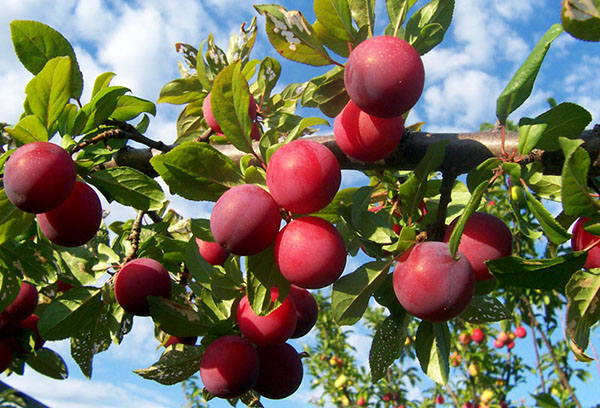
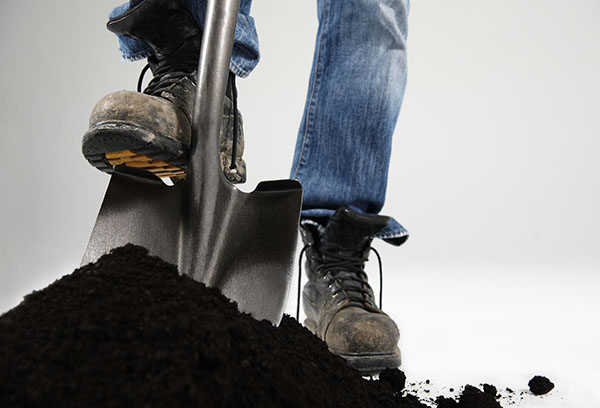
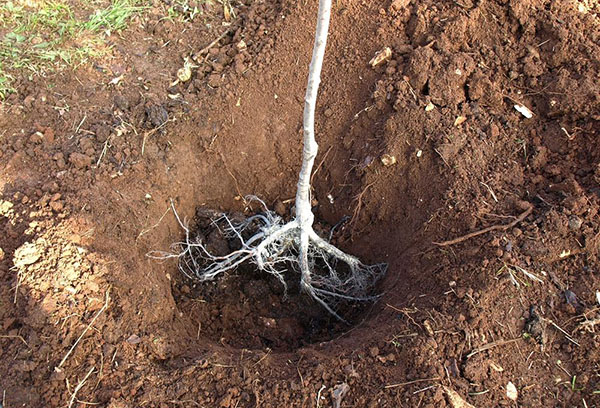
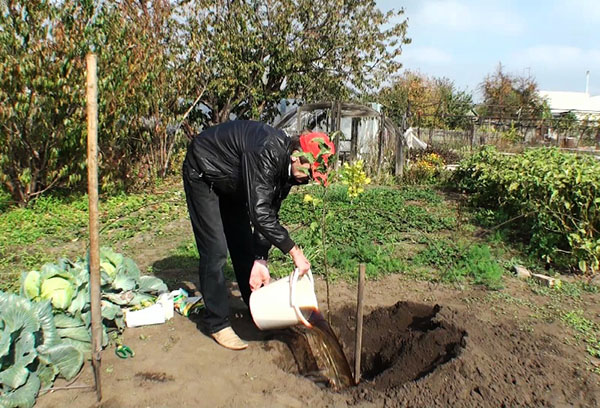
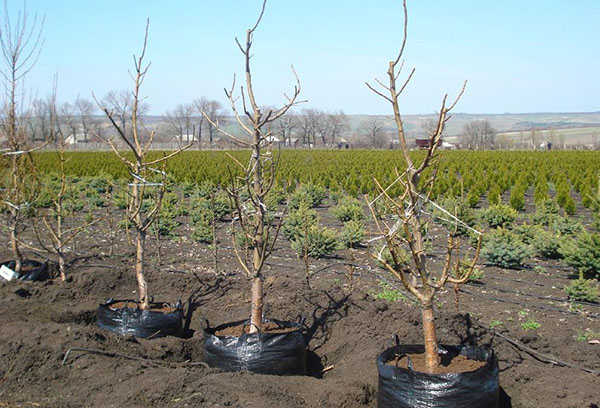

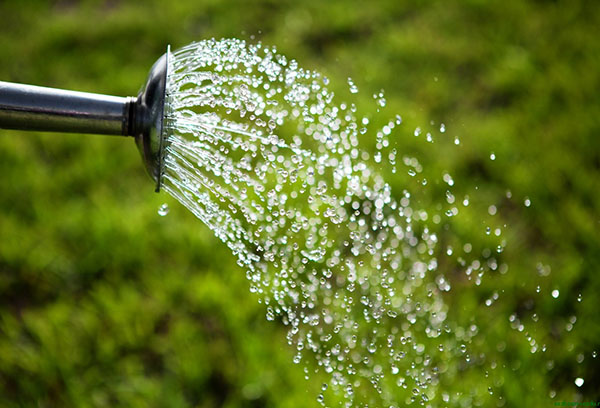
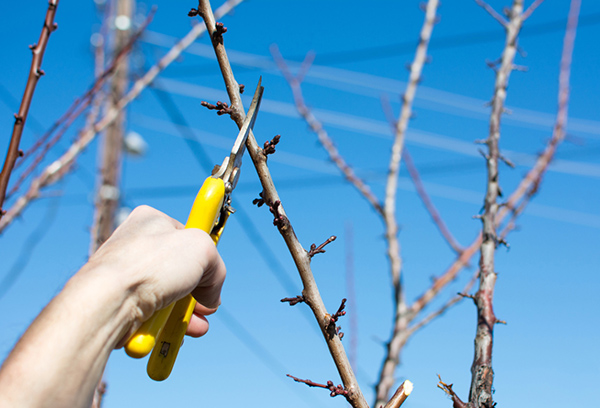
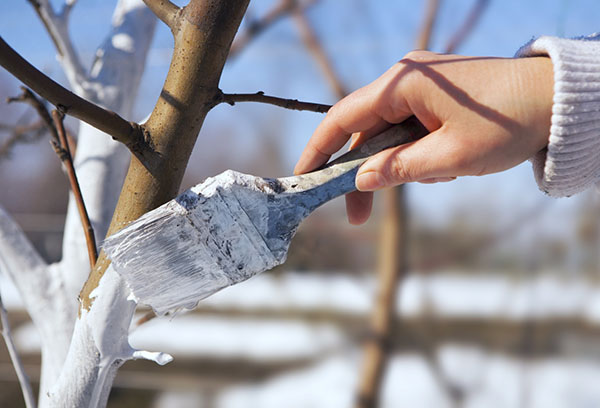
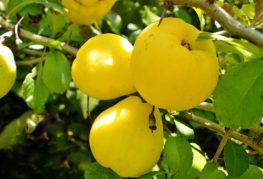


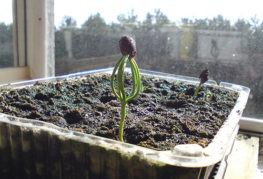
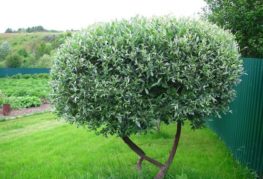

and will be published shortly.